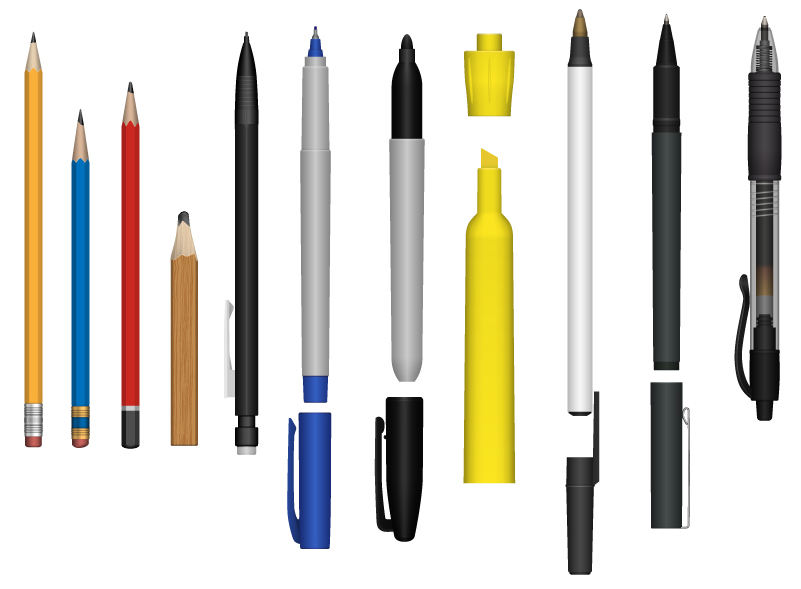 By Tapan Sarkar
By Tapan Sarkar
Drawing cartoons is not as simple as it might sound. You want to be able to draw something that kids and adults will find beautiful but they should be simple enough that you can replicate the drawing in a short span of time. Any cartoon character from Mickey Mouse to Patrick Star can be done with the simplest patterns and lines. However, the other side to drawing them is to have the right supplies.
You might have the skill and talent but with the wrong supplies your drawing could go to waste. With the wrong paper your art could smear or smudge. With the wrong pencils you might end up having a hard time seeing your outlines or you might make mistakes that are hard to correct. With that in mind, consider the following tips on how to get right supplies for cartoon drawing.
Getting the Right Paper
Your paper should be on the top of your list. You will want a type of paper that is not too smooth because smooth paper can lead to smears and faint lines. You will also want to avoid very rough paper because the lines could get thick, fuzzy, and hard to control.
Bristol paper and Vellum paper are some of the most popular types used by professional cartoonists. Comic book artists tend to use Vellum because of the texture – it is just smooth enough to avoid unnecessary thick, fuzzy pencil lines but not too smooth to cause severe smears or smudges. Bristol has several variants so take some time to find which one works best for you. Sometimes simple Oslo or Office Printing Paper can do well and a lot of cartoonists use these papers for sketches.
Getting the Right Pencil
The pencil is going to be your bread and butter. Cartoon drawings tend to rely on two kinds of lines – one faint line and one thick line for borders and emphasis lines. However, you need three, not two, types of pencils.
Go to any office supply store and look at the pencils. You will notice they go from 6B to 6H. The H pencils use hard lead, with 6H being the hardest. This means they do not wear off easily but it also means you can only get very faint, soft lines. An HB or 2H is a good choice for doing sketches and outlines.
The B pencils are the exact opposite. They are soft lead and are much thicker. They are used for fuzzy, dark, and thick lines. 6B is the thickest. You’ll want to use 2B for finalizing your drawing and then a 3B or 4B for dark emphasis lines.
If you want to use a mechanical pencil you will notice they come in three widths. 0.7 is the narrowest lead point, 0.5 is the normal pencil width, and 0.3 is the widest. In the long run it can be cheaper to use mechanical pencils than regular pencils that wear down and get shorter.
Getting the Right Eraser
A lot of novice cartoonists forget the importance of a good eraser. You will make mistakes – that is inevitable. Even expert cartoonists who work for comic books and animation studios make mistakes. And even if you rarely do, you still need a good eraser to remove your faint outlines and sketches as you do the final work on your cartoon drawing.
Avoid the usual type of eraser. Rubbing on your pencil work is not going to do you any good. It damages the surface of the sheet. Instead, use gum erasers or kneaded erasers. The problem with gum erasers is that they crumble easily. Kneaded erasers can be pretty fun to play with. You just have to make sure you practice putting pressure when you erase so you know how much pressure will remove a faint line and how much pressure will remove a darker, thick pencil line.
Check these drawing tutorials and Popular Cartoon Drawing Course for more tips and tutorials on drawing.










